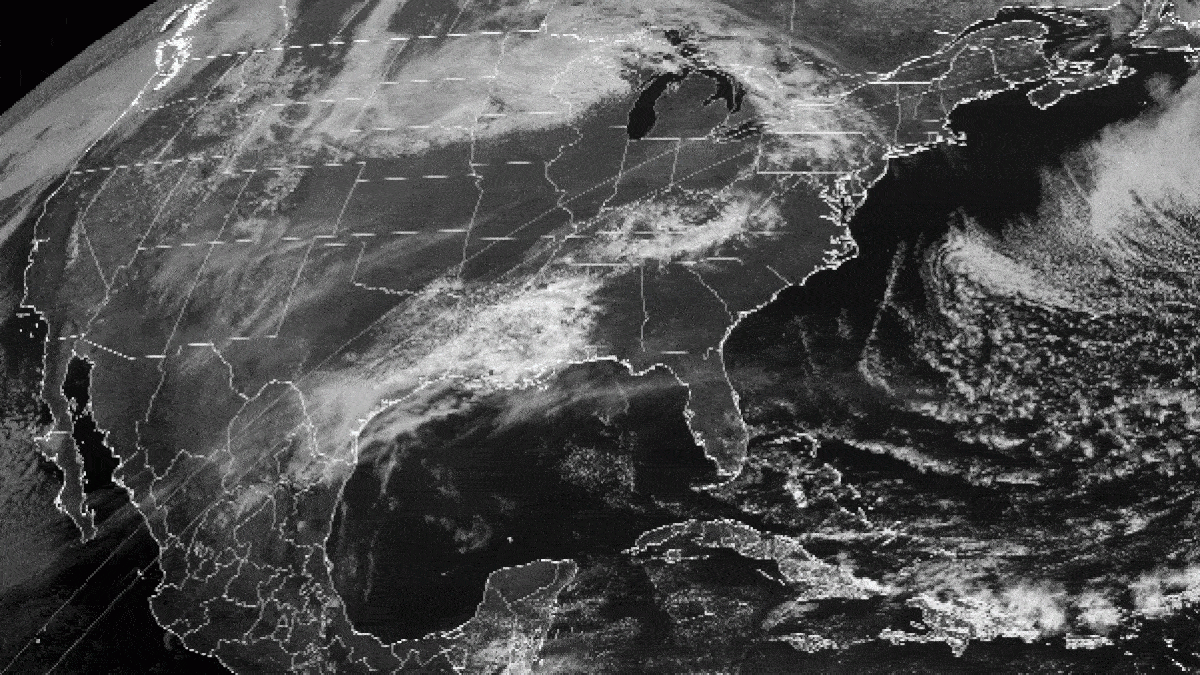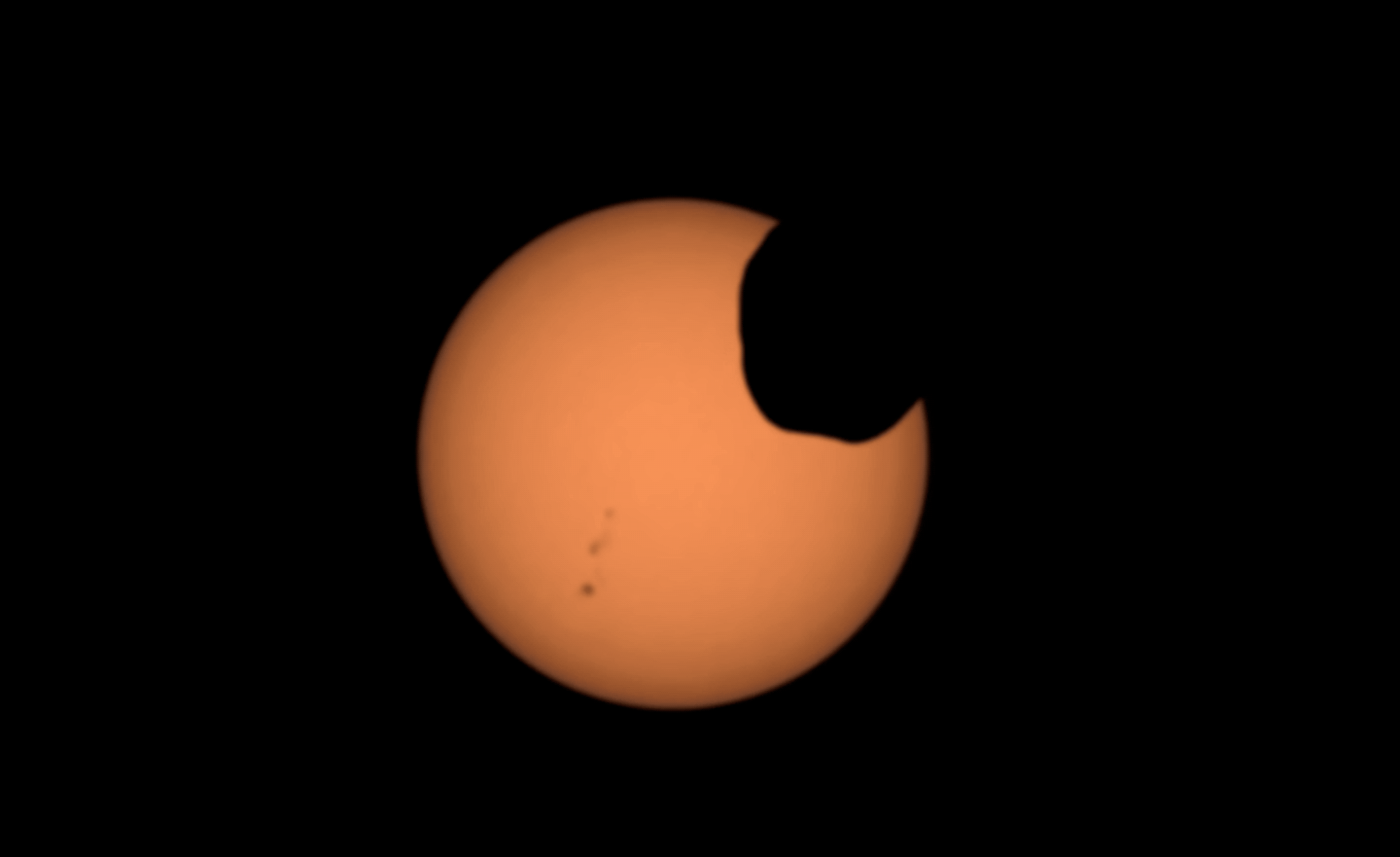When you purchase through connection on our internet site , we may gain an affiliate commission . Here ’s how it works .
conjurer are live for making things melt , but when the Dominicus vanish from the sky on May 28 , 1900 , it materialise not through a sleight of hand , but because of asolar occultation .
There was magic trick in the melodic line that day after all — movie magic . Nevil Maskelyne , a do magician who also happened to be a pioneering filmmaker , preserve the striking event — as the lunar month passed between Earth and the sun — on celluloid , from a location in North Carolina .

Though the film was 120 years old, it was remarkably well preserved when it was presented to archivists with the British Film Institute for scanning and digitizing.
More than a century later , Maskelyne ’s film of the occultation has been digitally scanned and restored in a collaborationism between the Royal Astronomical Society ( RAS ) and the British Film Institute ( BFI ) , and isfree to view online . The film , titled " Solar Eclipse , " is think to be the universe ’s one-time endure astronomical film , Joshua Nall , chair of the RAS Astronomical Heritage Committee , said in a financial statement . [ In Images : Solar Eclipses limn in Fine Art ]
From film ’s early day at the sunup of the 20th century , Maskelyne recognized the medium ’s potential for amusement and education , agree to the statement . His pursuit in astronomy lead him to the RAS ; he became a cuss in the company and journey to North Carolina in 1900 on an hostile expedition with the British Astronomical Association , to take the solar eclipse .
The celluloid is abbreviated , lasting just over a moment . On the right field of the screen , the Lord’s Day is cover by the synodic month ’s darkness , with only a sparse dance band of light visible around the upper right component part of the dark disc . Gradually , the glowing ringextends around the perimeter of the disc , until the Sunday egress from the left .

Maskelyne designed a limited lens bond — call a cinematograph scope — for his movie photographic camera to take the eclipse , said Bryony Dixon , BFI conservator of soundless film .
" He had antecedently take out a patent for engine room equipment , so it ’s not beyond the realms of possible action that he may have developed his own television camera to capture this event , " Dixon told Live Science in an electronic mail . But as the original British Astronomical Society theme about the film does n’t mention whether Maskelyne used a tv camera of his own invention to shoot the occultation , " it ’s something we ’ll in all likelihood never know for trusted . "
Even more remarkably , Maskelyne successfully captured the challenging exposure changes as the eclipse progressed . [ Amazing Astronomy : strait-laced - Era illustration of the Heavens ]

" The baseball field anchor ring event of the coronaat totalityaffects the photo of the effigy , " Dixon said . " Maskelyne was able to commute the vulnerability and photographic camera aperture as the upshot occurred , tracing the gradual attenuation of the corona in increasing sunlight . "
In 1900 , Maskelyn screen " Solar Eclipse " for the Royal Astronomical Society and the general populace at the Egyptian Hall in Piccadilly — London ’s most democratic magic degree at the sentence — " as part of a bigger course of study of magic and illusionist act , " Dixon said .
RAS archivists brought the film to the BFI in 2018 , where expert skim the 120 - twelvemonth - former film and set about the process of digitizing it . A BFI conservation squad copied the original , frame by skeleton , to 35 millimeter picture show and scanned every underframe digitally .

" The original moving picture was shot at five or six human body per sec ; when the original film was read at the BFI National Archive , it was retimed at nine figure per s , creating a unchanging image with less flicker , " Dixon said .
The digitized " Solar Eclipse " was shared online as part of the BFI ’s " prim Film " undertaking ; 500 British celluloid produced between 1895 and 1901 are now in public available for the first time , to memorialise the two-hundredth day of remembrance of the nascency of Queen Victoria ( May 24 , 1819 ) , accord tothe project ’s site .
" These new medium groundbreaker record the existence of the late Victorians themselves with an avid rarity in the world unfold up around them , " Dixon say in the electronic mail .

" 120 years on , these films give modern audiences an immediacy and deeper intellect of the Victorian menstruum than has been feel before . Like HG Wells ' meter traveller we are transported back — you almost feel you may reach out and pertain the past . "
Originally release onLive skill .













